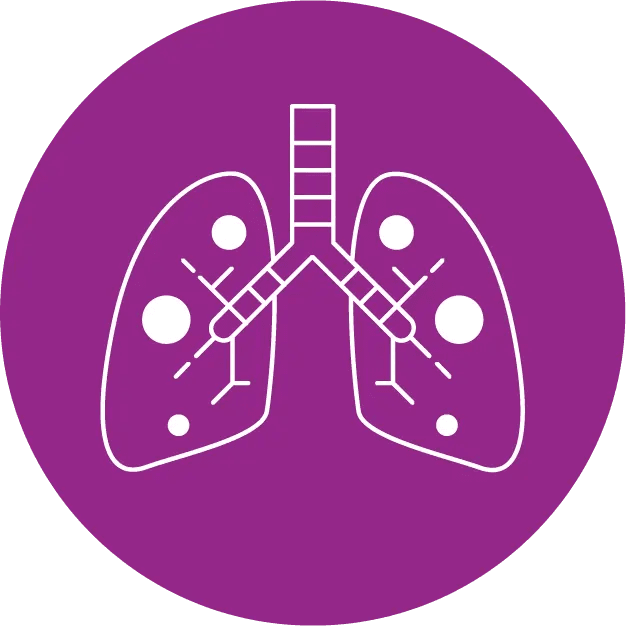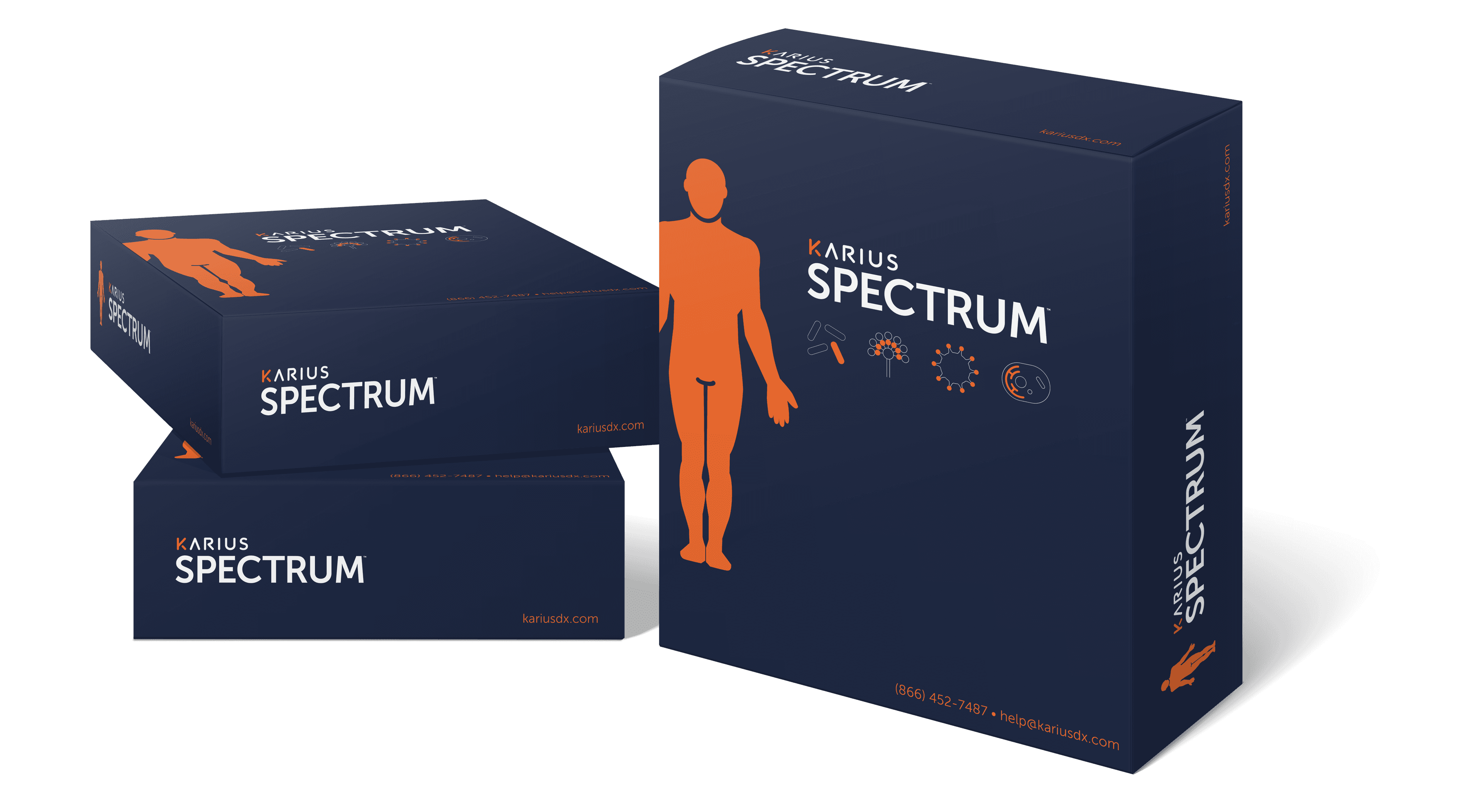Pneumonia
Over 800,000 immunocompromised patients are hospitalized for pneumonia every year, including both complex and community-acquired cases.8 Rapid diagnosis is critical, but conventional testing and other procedures can fail to provide answers in up to 50–75% of patients.9-12 Discover how the Karius Spectrum test offers a fast, minimally invasive solution to this diagnostic challenge.







